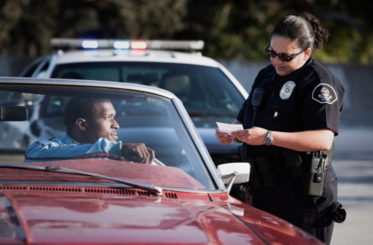(Akiit.com) It’s not just learners that are guilty of bad driving habits. Many experienced drivers can get into bad habits – some of which could be dangerous or potentially expensive if things go wrong. Below are some of the most common bad driving habits and what you should be doing instead.
Speeding
Speeding is probably the most common bad driving habit. Getting caught speeding could get you a ticket or even lose you your license (depending on how much you drive over the speed limit/how many times you get caught speeding). Speeding tickets aren’t always justified and there are services like TicketBust that can help in these situations. However, there are other times when penalties are deserved, such as going 50mph in a 30 zone or driving over 100mph. This type of speeding can be dangerous and is a bad habit that you may want to break.
Using your phone while driving
Whether you’re making a call or checking your GPS, there’s no reason to be touching your phone while driving. You could get a ticket – but worse you could get distracted and get into an accident. Cell phone use while driving leads to 1.6 millions crashes each year according to National Safety Council estimates. If you need to use your phone, pull over somewhere. Alternatively, consider options like hands-free calling.

Not checking blind spots
Before pulling away, do you always check your blind spot? This involves looking over your shoulder before pulling off. Your mirrors don’t give a complete view of everything behind you and there could be times when a bicycle could be passing you hidden behind your car’s back pillar or a child could be running out behind the car pillar while you’re reversing.
Not using blinkers
Using your turn signals is important for letting other drivers and pedestrians know what you’re about to do. There may be times when it’s obvious as to what you’re about to do because you’re in a certain lane where you can only go a certain direction and there may be times when literally no-one is around. However, even in these situations it can still be safe to use your turn signals just in case. Unbeknown to many people, not using turn signals is an offence in many states.
Tailgating
Tailgating involves driving very close to the person in front. The biggest danger of this is that you may crash into the driver in front if they have to make an emergency stop. This is why stopping distances are in place – they give you enough time to react to dangers in front so that you can brake in time. Try to resist driving too close to the driver in front, even if they are driving at a frustratingly slow pace for the road.
Riding the clutch
If you’ve got a manual car, riding the clutch is a driving habit you should avoid. This is when you apply pressure to the clutch pedal when you’re not changing gear or stopping. Using the clutch when not necessary can damage the car. When going around a corner or going down a hill, resist holding down the clutch – only use the clutch as you change gear or brake. Similarly, put the car in neutral and put on the handbrake whenever you stop instead of keeping your foot on the clutch.
Staff Writer; Roy Poole









Leave a Reply